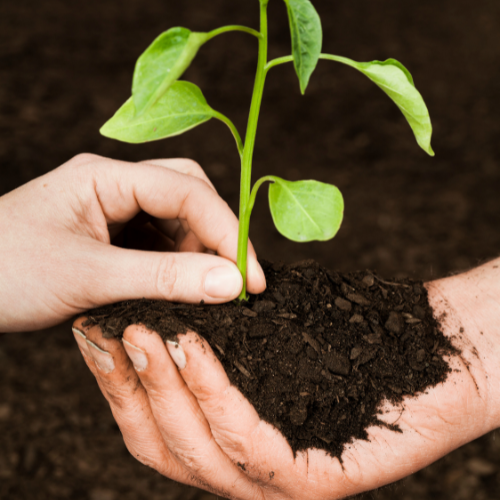Sirio fertilizer 14 microelements
Sirio fertilizer 14 microelements
Chemical Properties
Free amino acids 30%
- Organic acids 5%
- Fulvic acid 5%
- Iron 1.5%
- Manganese 1%
- Magnesium 2.5%
- Phosphorous 0.5%
- Copper 0.1%
- Boron 0.1%
- Molybdenum 0.1%
- Algae extract 0.5%
- Cytokinin 0.5%
- Riboflavin 0.5%
- Niacin 0.1%
Usage
- Increases the absorption rates of microelements (zinc - iron magnesium - sulfur - manganese - boron - molybdenum)
- It enters the process of photosynthesis and participates in the transfer of electrons (oxidation and reduction processes) and the activation of photosynthesis and the formation of natural auxins that stimulate growth within the plant
- Increases the growth of the roots and the vegetative system and increases the plant's resistance to diseases
- It works to increase the vegetative total and increase the size and quality of the fruits
- It increases the rate of cell wall formation and facilitates the movement and transfer of photosynthetic products from the leaves to the active areas of the plant
- Works to compensate for the deficiency of microelements (Ferrous - Boron - Copper - Manganese - Zinc)
Usage Rates
• Vegetable crops spraying: 1-2 liters on 400 liters of water per acre
Irrigation of vegetable crops: 1-2 liters per acre
• Field crops spraying: 1-2 liters on 400 liters per acre
• Irrigated field crops: 1-2 liters per acre
• Fruit crops sprinkled: 2-4 liters on 400 liters of water per acre
• Irrigation of fruit crops: 2-4 liters per acre
Size
1 Liter
Place of Origin
Egypt







